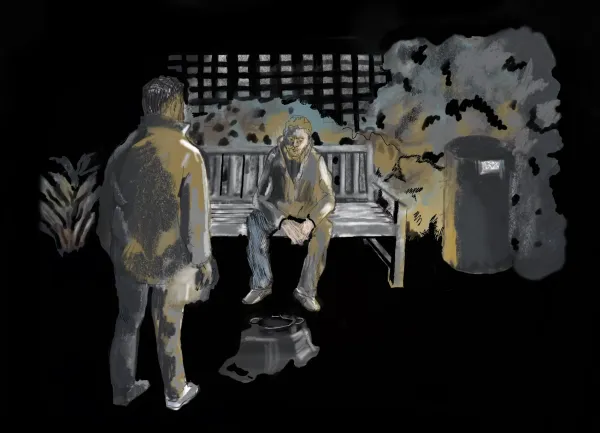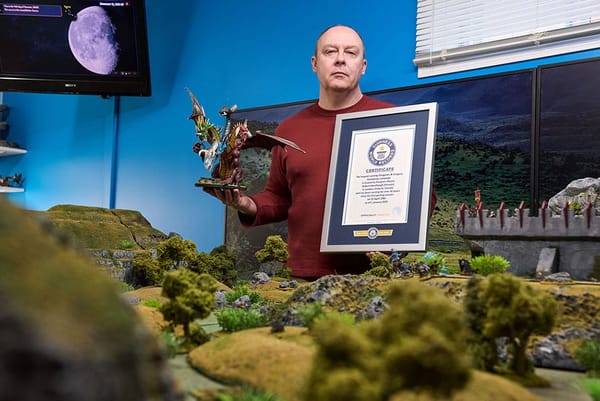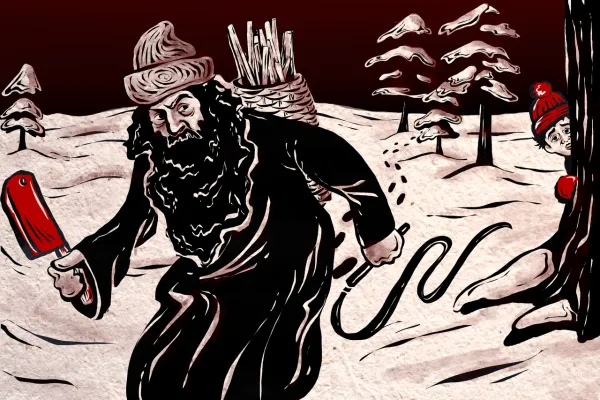Why does Finland have the swastika on some of its flags?

From NBC: "Finland’s air force, now part of NATO, still flies swastikas on a handful of unit flags — but is preparing to phase them out, largely to avoid awkwardness with its Western allies. The history of the Finnish air force’s use of the swastika, which since the 20th century has largely been associated with Nazi tyranny and hate groups, is more complex than at first appearance. Finland’s air force adopted the swastika emblem in 1918 soon after country gained its independence after more than a century of Imperial Russian rule. Count Eric von Rosen of neighboring Sweden donated Finland’s first military plane in 1918, which bore his personal symbol, the swastika. The Finnish air force soon after adopted a blue swastika on a white background as the national insignia on all its planes from 1918 to 1945. Von Rosen was the brother-in-law of Hermann Goering, a decorated World War I German fighter pilot who became an early Nazi Party member. Goering went on to lead Germany’s Luftwaffe."
Making a single ounce of Phoenician purple required the mucus of 250,000 snails

From Emergence: "According to the ancient Phoenicians, a dog chewed a mollusk and its tongue turned bright purple, and its human owners noticed. Tyrian purple was the most rare and expensive pigment in human history and is at least four thousand years old. To make one ounce of Tyrian purple pigment, harvest the hypobranchial gland mucus of 250,000 predatory murex sea snails. To do this, some say boil them for days, some say crush the snails and let them bake in the sun, and some say ferment their liquids in vats of urine. Ancient Mexicans also created this purple from snails they called tixinda, but they learned how to milk the mucus from the snails and return the creatures safely to the Pacific without killing them. The few remaining snail dyers — only nineteen Mixtec people legally permitted to do so as of 2011 — harvest once every moon cycle between October and March. On the Internet, you can buy one genuine snail-sourced ounce of Tyrian purple pigment for $115,098.97, plus tax."
He keeps standing in a Welsh intersection until he gets arrested but no one knows why

From Now I Know: "David Hampson, a Welsh native now in his mid fifties, developed an unusual habit in 2014. Starting in that year, Hampson has repeatedly hindered traffic by standing in the middle of the road in Swansea, in the exact same spot. That’s illegal, as you may have guessed, and it’s not so hard for the cops to take note given that they work on the same block. So Hampson has found himself on the wrong side of the law a dozen times. As a repeat offender, the courts are often harsh on him; for example, in 2018, he was sentenced to three years in prison for obstructing traffic. And that lengthy sentence didn’t deter him. He’s continued on with the practice since, even immediately after being given a warning. Why does he do it? We don’t know — because he’s not telling. Over the last 10 years the defendant has sat through multiple trials to determine whether he can talk and is simply choosing not to or whether there is some psychological or physical issue preventing him from speaking."
Hi everyone! Mathew Ingram here. I am able to continue writing this newsletter in part because of your financial help and support, which you can do either through my Patreon or by upgrading your subscription to a monthly contribution. I enjoy gathering all of these links and sharing them with you, but it does take time, and your support makes it possible for me to do that. I also write a weekly newsletter of technology analysis called The Torment Nexus.
A crime-busting sheriff who inspired a Hollywood movie probably killed his wife

From Yahoo News: "A late Tennessee sheriff who inspired a Hollywood movie about a law enforcement officer who took on organized crime killed his wife in 1967 and led people to believe she was killed by his enemies, authorities said Friday. Authorities acknowledged that the finding will likely shock many who grew up as Buford Pusser fans and watched 1973's “Walking Tall,” which immortalized him as a tough but fair sheriff with zero tolerance for crime. The movie was remade in 2004, and many officers joined law enforcement because of his story, according to Mark Davidson, the district attorney for Tennessee’s 25th judicial district. There is enough evidence that if Pusser, the McNairy County sheriff who died in a car crash seven years after his wife's death, were alive today, prosecutors would present an indictment to a grand jury."
An ultramarathon runner talks about what it's like to run 135 miles across Death Valley

From Nautilus: "Each summer, runners line up to race 135 miles across Death Valley in California. They run from the lowest point in the country to finish with a climb up to 8,300 feet at the base of Mount Whitney. They start at night to minimize time spent running in the heat of the day. This year, when ultrarunner Megan Eckert, 39, started the race, the air temperature was 114 degrees Fahrenheit. And it didn’t dip much as she ran through the night. The blacktop asphalt road that is the long, punishing course enveloped her in heat from the day’s harsh sun. The human body is capable of surprising things. But as someone who comes from a family of distance runners, I have long wondered, how does a person prepare—physically and mentally—for this kind of infernal challenge? How do they manage the heat, for so long? And with the growing frequency of heat waves around the globe, I wanted to know what a finisher of this race might have to teach us about coping in extreme heat."
Two French-speaking tourists get accosted by a frill-necked lizard in Australia

Acknowledgements: I find a lot of these links myself, but I also get some from other newsletters that I rely on as "serendipity engines," such as The Morning News from Rosecrans Baldwin and Andrew Womack, Jodi Ettenberg's Curious About Everything, Dan Lewis's Now I Know, Robert Cottrell and Caroline Crampton's The Browser, Clive Thompson's Linkfest, Noah Brier and Colin Nagy's Why Is This Interesting, Maria Popova's The Marginalian, Sheehan Quirke AKA The Cultural Tutor, the Smithsonian magazine, and JSTOR Daily. If you come across something interesting that you think should be included here, please feel free to email me at mathew @ mathewingram dot com



